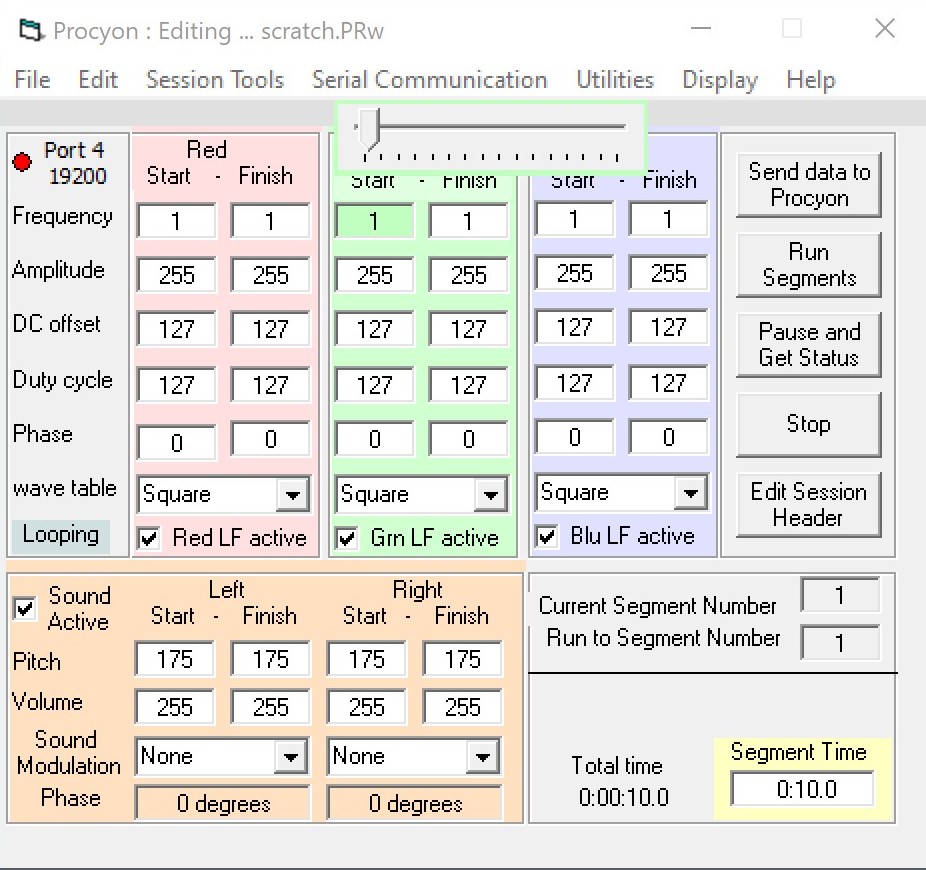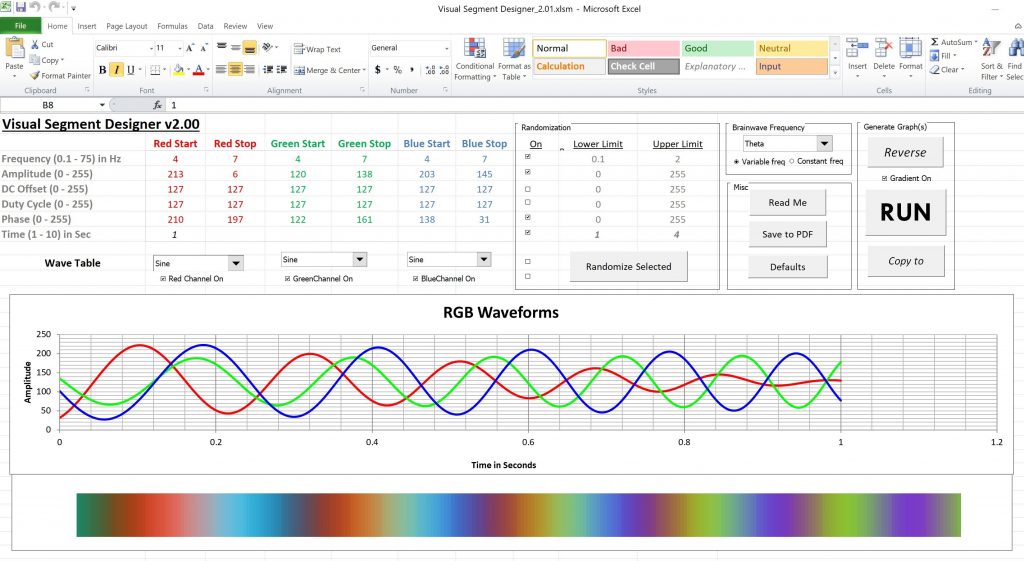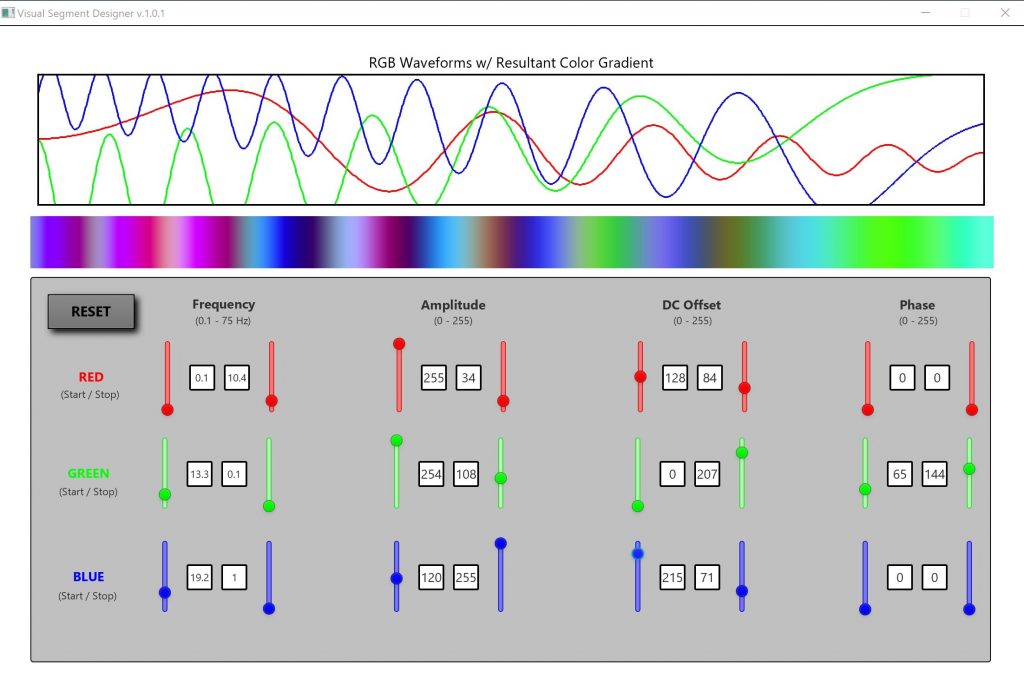The 1990’s arrived and the technology market was ripe for an easy to develop programming language following on the heals of the rapid rise in all levels of development tools during the 1980’s. Mainstream computer use had taken its hold over the masses, leading to a demand for rapid and simple application development systems. Higher end commercial and industrial applications still required more advanced and thus harder to adopt programming languages. Many commercial software products had already displaced manual tools for both home and business. Bookkeeping, writing, accounting, banking, healthcare, academia, and industry saw rapid adoption of information technology. The Internet was in its infancy yet quickly replacing microfiche, reference manuals, encyclopedias, as well as streamlining communications between people all over the world.
So when Microsoft VB arrived on the scene, the innovators and creators who built this new digital landscape were already accustomed to being able to create their own solutions to fill specific needs. And while C, Fortran, Cobol and other languages remained the purview of computer science professionals, VB and its offspring VB Script and VBA could be utilized by those with technical minds, but who were not necessarily full-time software developers. VB, VBA and VB Script were further being leveraged by accountants, MIS staff, as well as field service technicians and tinkerers to automate without necessarily creating standalone applications.
Between the late 1990’s and mid 2010’s, I utilized VB, VB Script and VBA to create custom healthcare solutions. Many of these were system-to-system interfaces for lab, ADT (admit discharge transfer), VS (vital signs) and device data (ventilators, heart monitors, etc). So, I was very familiar with what could be done with a bit of knowledge, good tools and some elbow-grease.
A company with whom I had a personal relationship was MindPlace; I loved using their Procyon AVS (audio visual synthesizer) for mediation purposes during and after stressful weeks jetting all over the country as a healthcare technical consultant for PHILIPS. However, I found it hard to just blindly accept the settings the machine produced, not really knowing how the visual patterns would be generated. So as within my professional life, I decided to create a custom solution. Little did I know what a challenge it would be to translate the numerical format of the visual components of their software interface here

to something more graphical. But, my goal was to map the objective to the subjective in order to more proactively design my visual meditation experience. Being the natural problem-solvers that we developers tend to be, we often find roundabout ways to innovate using products not always solely intended for the end purpose. Many of us learned how to customize Microsoft Excel and other products using macros (VBA), inclusive of controls like found in any freestanding application. This fusion of off-the-shelf products with custom code sped up development of solutions by leveraging the functionality already built into products like Microsoft Office.Thus in 2011, after almost three months of intense research and development, Visual Segment Designer was born:

Consequently, I had leveraged the graphical and numerical power of Microsoft Excel to plan and anticipate the out of box experience I was getting from the Procyon AVS. I made a few modifications along the way, making a final edit in 2014, then simply lost interest in meditation. However, the success of the Visual Segment Designer within the Mindplace community gave me the impetus to further my software development skills. At the time, smart phone popularity was accelerating at an exponential rate and I formed an interest in developing mobile apps. However, I quickly realized how daunting the prospect of trying to learn Objective-C and Java, as well as their requisite IDE’s would be. It also seemed quite ludicrous to me to be forced to learn a different programming language for every platform for which I wished to develop code. After all, I thought, isn’t the solution what counts? I already knew BASIC in general and VB specifically, so why learn a whole new language or languages. That seemed to me to be like having to buy a different shovel for each sandbox where I wanted to play.
Discovering B4X by Anywhere Software fulfilled my dream of having an all-in-one system with which to develop for any platform, while leveraging the BASIC programming language I already knew and loved. Along the way, I developed apps for both iOS and Android. I even created a video training series for B4J. These last few years of the later 2010’s saw me attempting to get my life and finances in order for semi-retirement, thus I did little development work. Then, just a few months ago when I realized that I had opened up free-time, the coding bug once again bit. I was out of practice, and thus sought an old project with which to use to gain back my B4X coding skills. Converting Visual Segment Designer from an Excel-dependent app to a freestanding app using B4J seemed to be the perfect task.
Amazingly, after only a little more than two weeks of part-time development work, I was able to re-learn enough B4X to create a fully-functional freestanding Visual Segment Designer:

Compare that to the more than three months it took to originally develop as a macro-enabled Excel worksheet, and you can see what rapid application development can truly be with B4X by Anywhere Software.